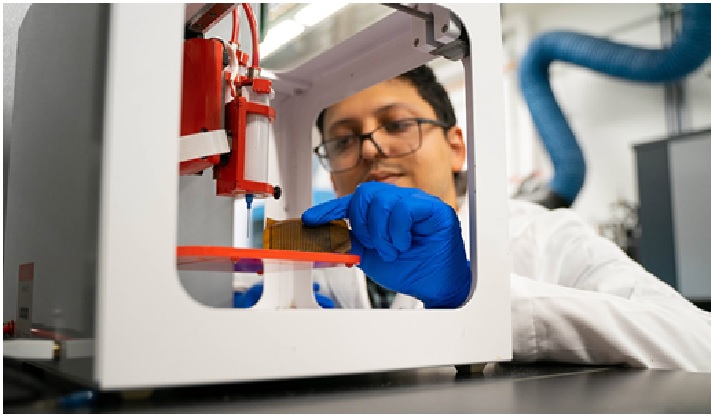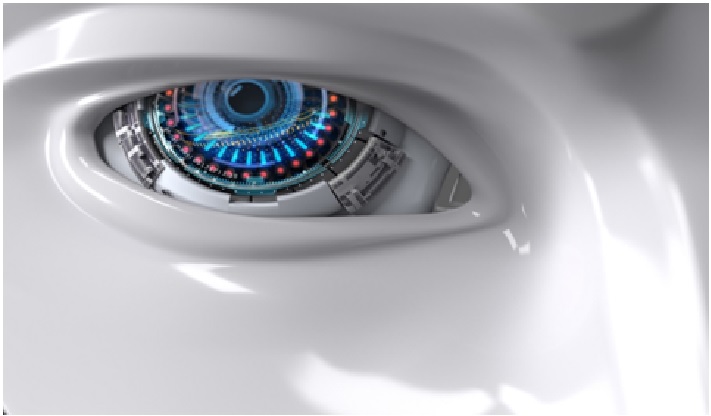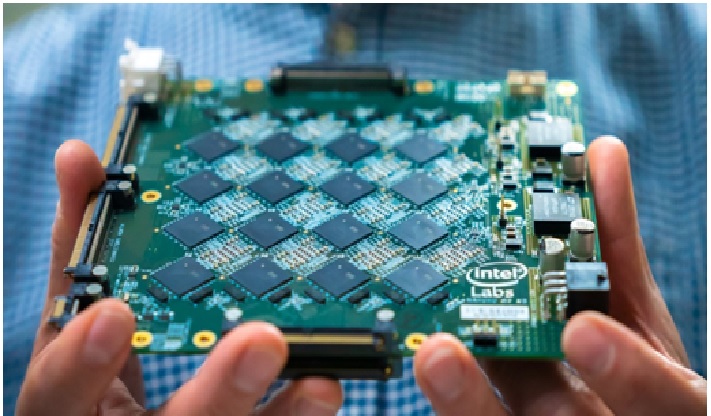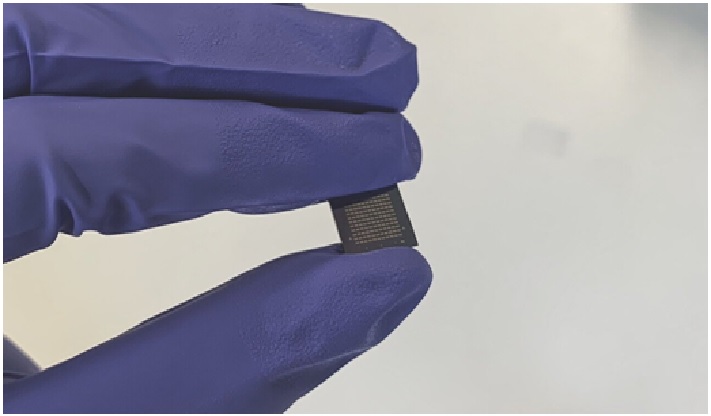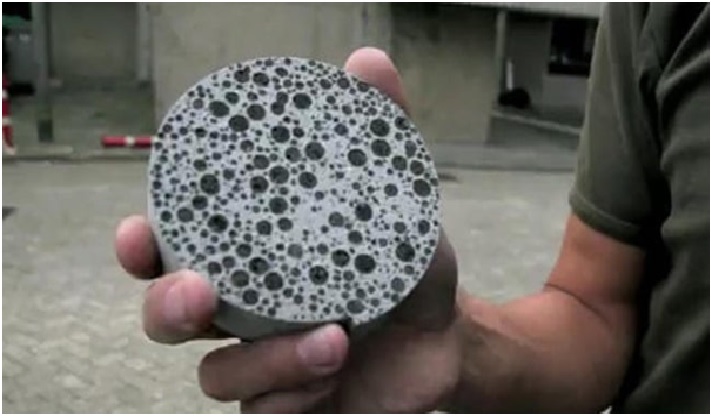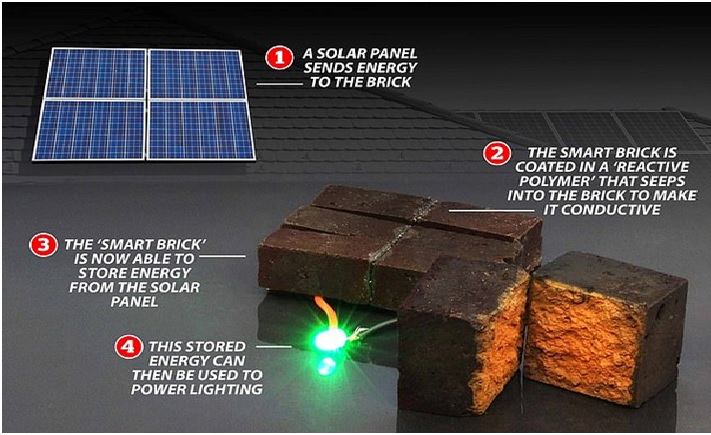The Technology of Sweat Powered Smartwatches
Wearable electronic devices are great tools for health monitoring, but it has been difficult to find convenient power sources for them. [1] Now, a group of scientists has successfully developed and tested a wearable biofuel cell array that generates electric power from the lactate in the wearer’s sweat, opening doors to electronic health monitoring powered by nothing but bodily fluids.

Figure 1: Sweat Powered Smartwatches
It cannot be denied that, over the past few decades, the miniaturization of electronic devices has taken huge strides. Today, after pocket-size smartphones that could put old desktop computers to shame and a plethora of options for wireless connectivity, there is a particular type of device whose development has been steadily advancing: wearable biosensors.
These tiny devices are generally meant to be worn directly on the skin in order to measure specific biosignals and, by sending measurements wirelessly to smartphones or computers, keep track of the user’s health. Although materials scientists have developed many types of flexible circuits and electrodes for wearable devices, it has been challenging to find an appropriate power source for wearable biosensors.
Judging by the results of the experiment, the sweat-powered tech works, but it doesn't seem like it generates enough power to allow you to completely forgo charging your wearable device in a traditional way. The figure 1 shows the sweat powered smartwatches.
Instead, the sweat tech could supplement standard charging, meaning you'd have to charge your fitness tracker or smartwatch far less frequently than you currently have to.
The tech seems perfect for fitness trackers, as typically you wear them when you're active (and producing sweat), [2] but it's possible the tech would work in smartwatches too.
Saying that, sweat-powered smartwatches and fitness trackers could be hugely useful, both for day-to-day use to save you charging your device frequently, and for the environmental ramifications of reducing our power use and battery consumption.
Scientists have invented a new technology of charging batteries using human sweat, which are used to power these smartwatches, which can be charged by mere 20 micro liters of fluid. The growth of the market can be attributed to the growing trend of wearable smartwatches, along with ongoing technological advancements in battery technology. Over 15 million smartwatches were sold in 2019, globally, which grew to almost 20 million in 2020. The growing demand for smartwatches is estimated to act as a major growth driver for the market. [3] The lower requirement of charge for running the watch makes it a feasible device to work on sweat. The growing adoption of alternate source for power, and growth in technology are anticipated to boost the market growth. Practical implementation of this concept is yet awaited.
The demand for smartwatches is higher in cities, and urban settlements, owing to the technological awareness amongst the urban population, and higher disposable income of this section of population. As a result, growing urbanization is expected to boost the demand for smartwatches, which, in turn, is projected to boost the market growth. According to the data by the World Bank, 4.352 billion people live in urban areas, as of 2020. The urban population accounted to 56.15% of the total global population in 2020, and is estimated to increase to over two-third of the total population by 2050. Growing investment in technical R&D activities is also expected to fuel the market growth.
References:
- https://www.goodnewsnetwork.org/no-batteries-no-sweat-wearable-biofuel-cells-now-produce-electricity-from-lactate/
- https://www.techradar.com/in/news/your-new-smartwatch-or-fitness-tracker-might-be-powered-by-your-sweat
- https://www.researchnester.com/reports/sweat-powered-smartwatches-market/3559
Cite this article:
Vinotha D (2022), The Technology of Sweat Powered Smartwatches, AnaTechMaz, pp.177





